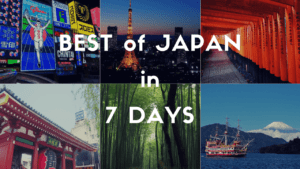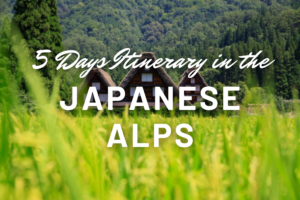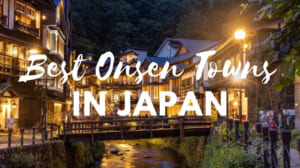Best Things to Do in Tohoku
Tohoku Region, a Treasure to be Discovered

Unveiling Japan’s less-trodden path, Tohoku captivates travelers with its enthralling blend of natural beauty, rich history, and vibrant culture. Its six prefectures unfold a panorama of rugged mountains, tranquil hot springs, historic towns, and verdant valleys.
For the lucky travelers who visit this region, there is no shortage of activities, such as witnessing the majestic cherry blossoms in Hirosaki, traversing the timeless streets of Ouchijuku, or joining in the joyous Nebuta Festival. Add to this an impressive culinary scene ranging from fresh seafood to hearty regional dishes.
Tohoku is a travel destination that invites you to delve deeper, explore further, and taste the authentic spirit of Japan, so for your next trip plans, here’s our guide to the best things to do in Tohoku!
*Please note that this article contains affiliate links.
▶ Buy your Bullet Train tickets here!
Tohoku Region, a Treasure to be Discovered
Among Japan’s colorful patchwork of regions, from the snowy cap of Hokkaido to the coral reefs of Okinawa, there lies an often overlooked gem: the Tohoku region (東北). Located in the northeastern part of Japan’s main island, Honshu, it’s distinct from the modern pulse of Kanto, the historical allure of Kansai, the mountainous allure of Chubu, the cultural richness of Chugoku, and the serene charm of Shikoku.
A mosaic of six prefectures – Aomori, Iwate, Akita, Miyagi, Yamagata, and Fukushima – Tohoku captivates with its untouched nature, deep-rooted traditions, and tranquil rural landscapes. Against the backdrop of Japan’s usual hustle, Tohoku paints an enchanting picture of a serene retreat, ready to be your next travel narrative.
1. Have a Soothing Onsen Escapade (Yamagata, Akita)
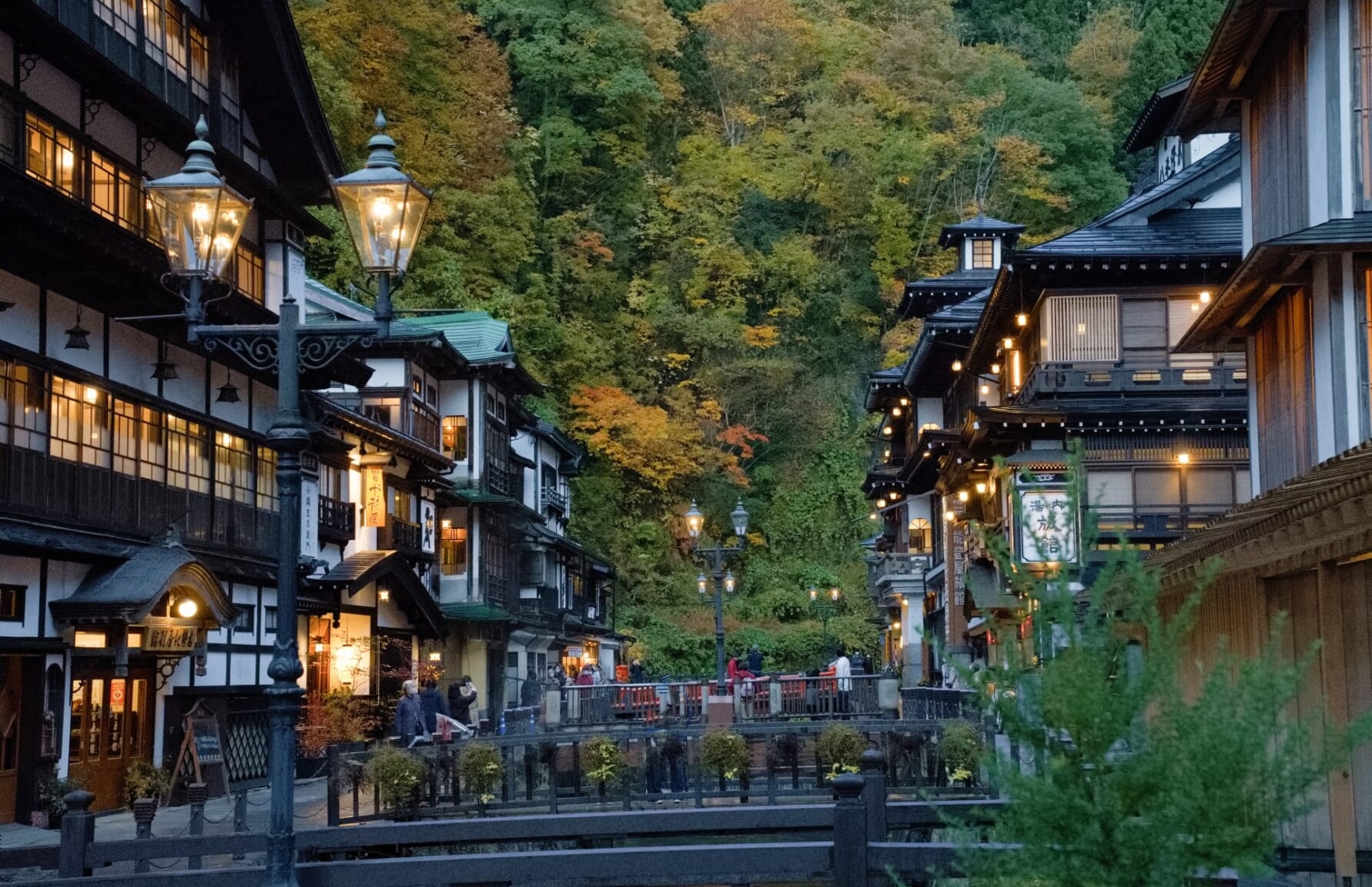
In winter, the snow-dusted landscape glows under the warm light from the buildings, offering a therapeutic ambiance that echoes the healing properties of the onsen themselves. It’s an idyllic getaway, where time seems to stand still, letting you surrender to the blissful embrace of serenity.
▽More details about Ginzan Onsen!▽
▶GINZAN Onsen: Nostalgic Hot Spring Town from 19th Century
Information
 Access Access |
35-min bus from Oishida Station |
|---|---|
 Official Website Official Website |
https://www.tohokukanko.jp/en/attractions/detail_1265.html |
On the other hand, in the remote mountains of Akita prefecture, Nyuto Onsen (乳頭温泉) presents a unique spa experience. A collection of seven ryokans, each offering a distinct, mineral-rich hot spring bath, the area promises to soothe the weary traveler.
The rustic charm of the ryokans, some dating back centuries, complements the surrounding wilderness, enhancing the overall tranquility. Regardless of being for therapeutic relaxation, a digital detox, or pure wanderlust, Nyuto Onsen is a balm for body and soul alike.
▽More details about Nyuto Onsen!▽
▶GINZAN Onsen: Nostalgic Hot Spring Town from 19th Century
Information
 Access Access |
35-min bus from Oishida Station |
|---|---|
 Official Website Official Website |
https://www.tohokukanko.jp/en/attractions/detail_1265.html |
2. Travel Through Time in Ouchi-juku (Fukushima)
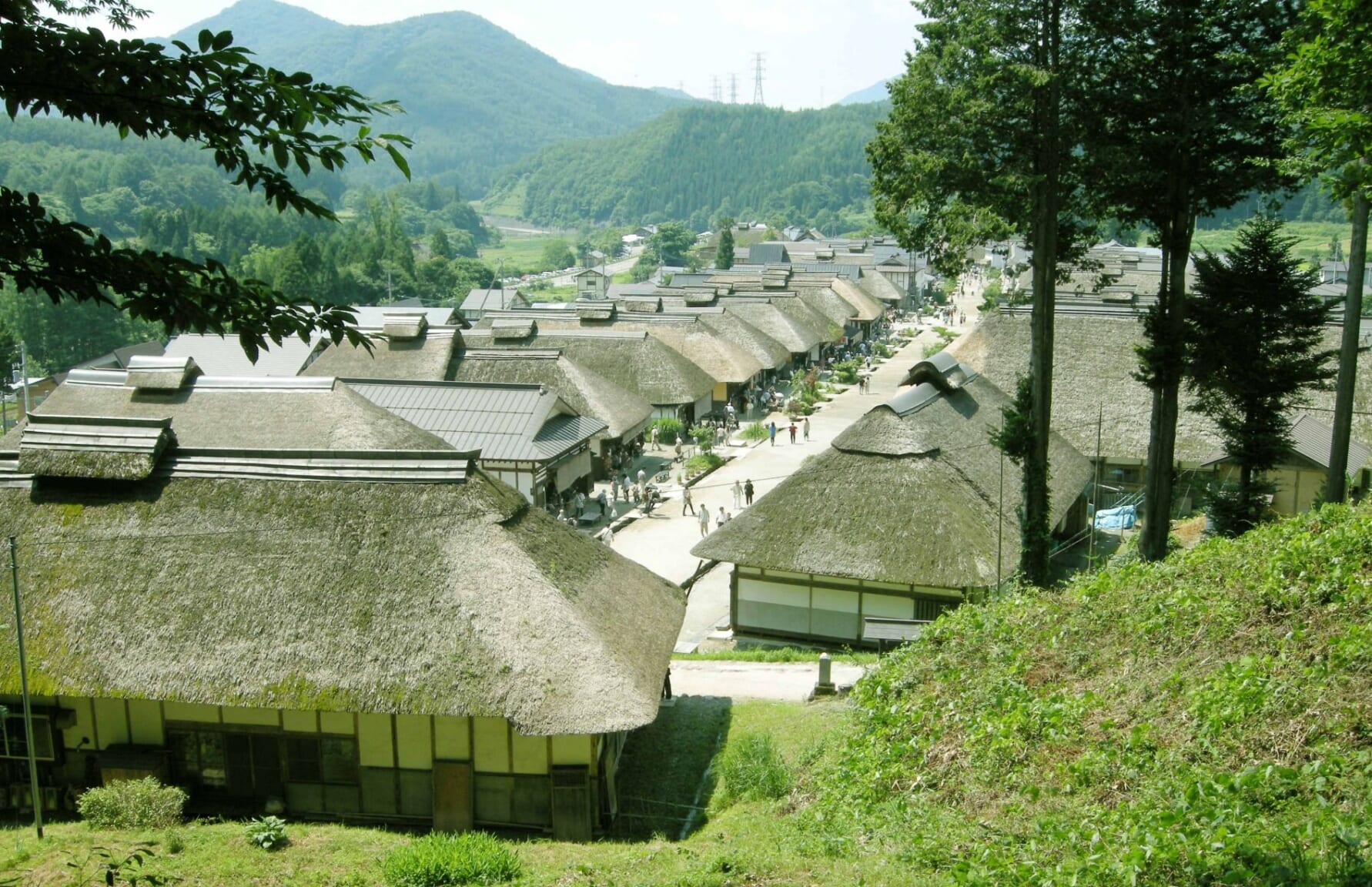
Exploring the narrow lanes, tasting local delicacies, or witnessing the annual snow festival in February, it’s a journey through time that leaves one feeling humbled by the simplicity and warmth of this preserved historical village.
▽More details about Ouchi-juku!▽
▶Ouchi-juku: Edo Period Post Town in Aizu Fukushima
Information
 Access Access |
25-min bus from Yunokamionsen Station |
|---|---|
 Official Website Official Website |
https://fukushima.travel/destination/ouchi-juku/11 |
3. Watch Cherry Blossoms at Hirosaki Castle (Aomori)
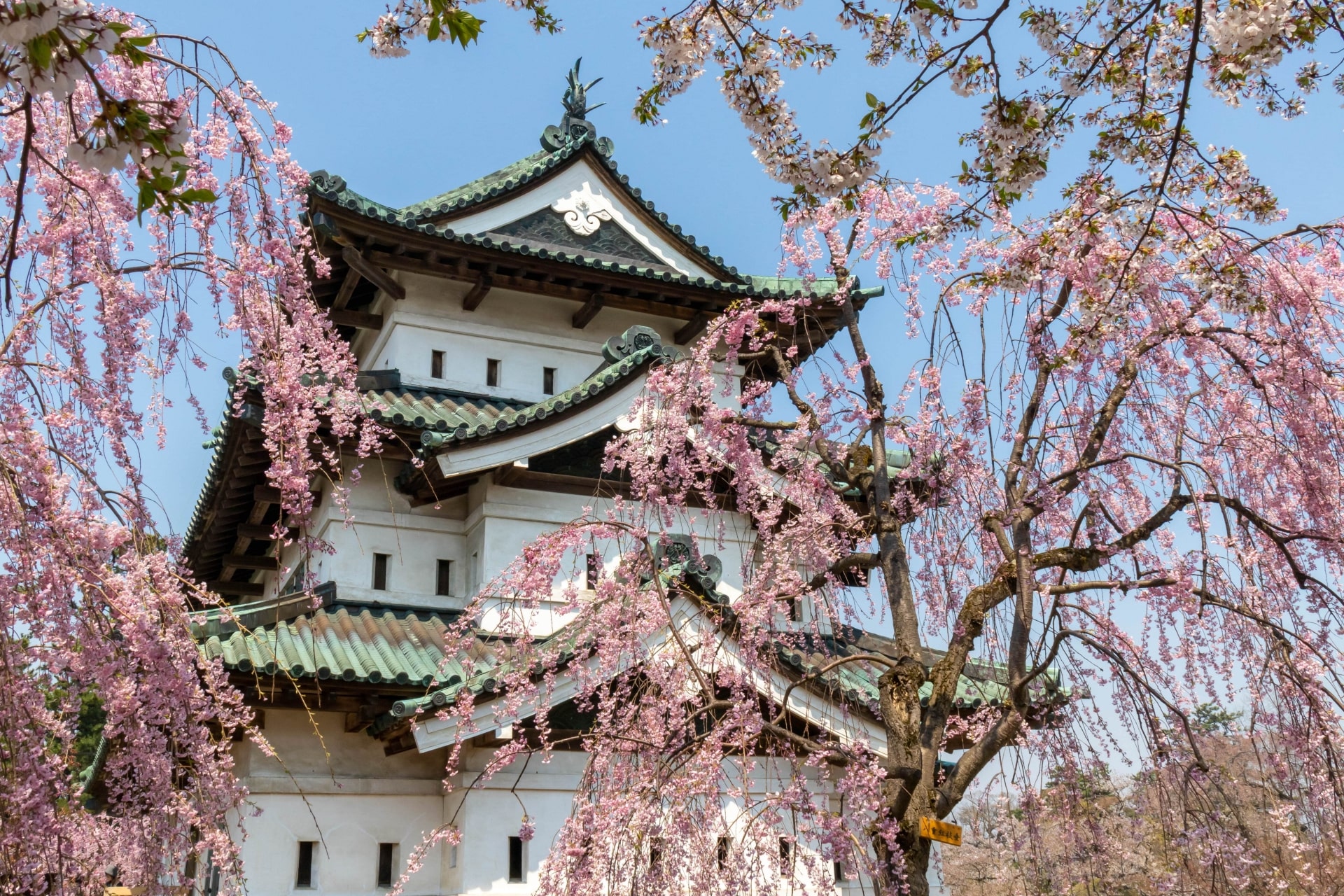
The cherry blossom tunnel, petal-filled moats, and the majestic Hirosaki Castle at the heart of it all make it an iconic spot for hanami (flower viewing). It’s a celebration of spring’s ephemeral beauty, under the timeless watch of the castle.
▽Find out more about Cherry Blossoms at Hirosaki Castle!▽
4. Experience the Living Canvas of Oirase Keiryu (Aomori)
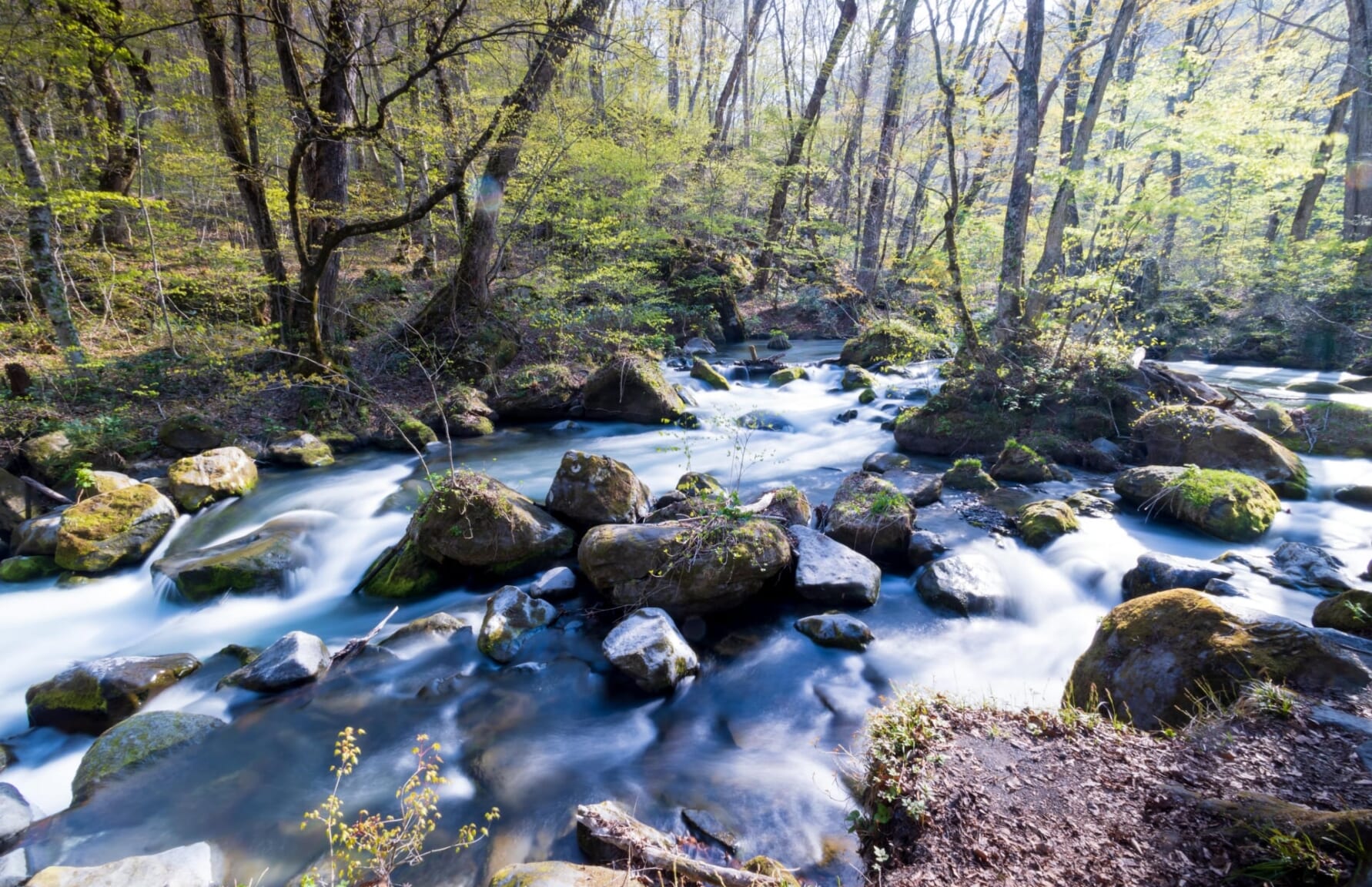
Walking or cycling alongside the streamlets one appreciates the natural beauty that Tohoku, and Japan at large, cherishes so deeply. It’s a journey into the heart of nature that reminds one of life’s beautiful transience.
Information
 Access Access |
1-h drive from Hachinohe or Towadaminami Station |
|---|---|
 Official Website Official Website |
https://towadako.or.jp/towadako-oirase/ |
5. Be Delighted at the Whimsical Zao Fox Village (Miyagi)
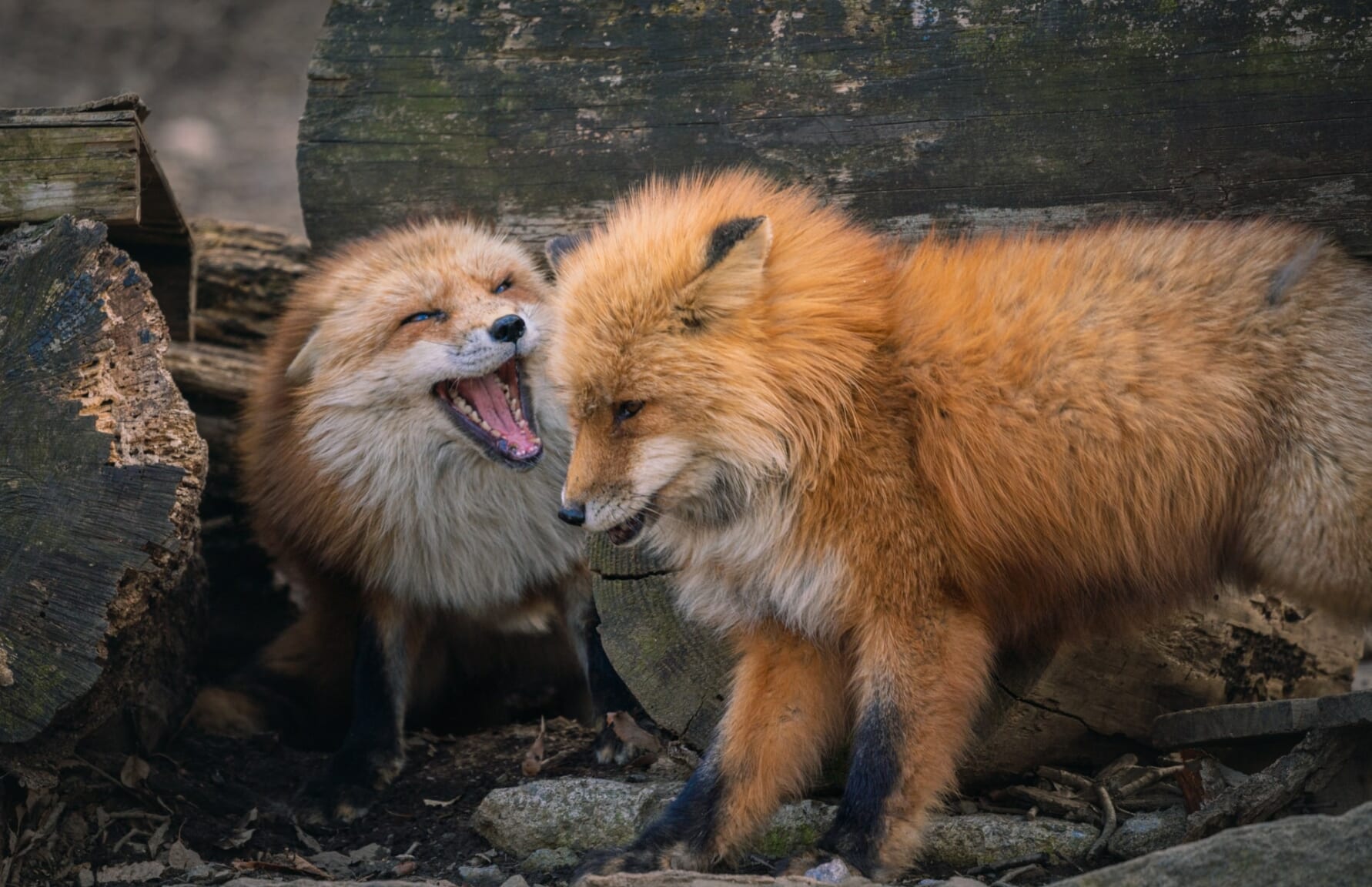
▽More details about Zao Fox Village!▽
▶Zao Fox Village: Cutest Fox Heaven in Japan
Information
 Access Access |
20-min drive or 35-min bus from Shiroishi Station |
|---|---|
 Official Website Official Website |
http://zao-fox-village.com/ |
6. Soar Above the Clouds at Zao Ropeway (Yamagata)
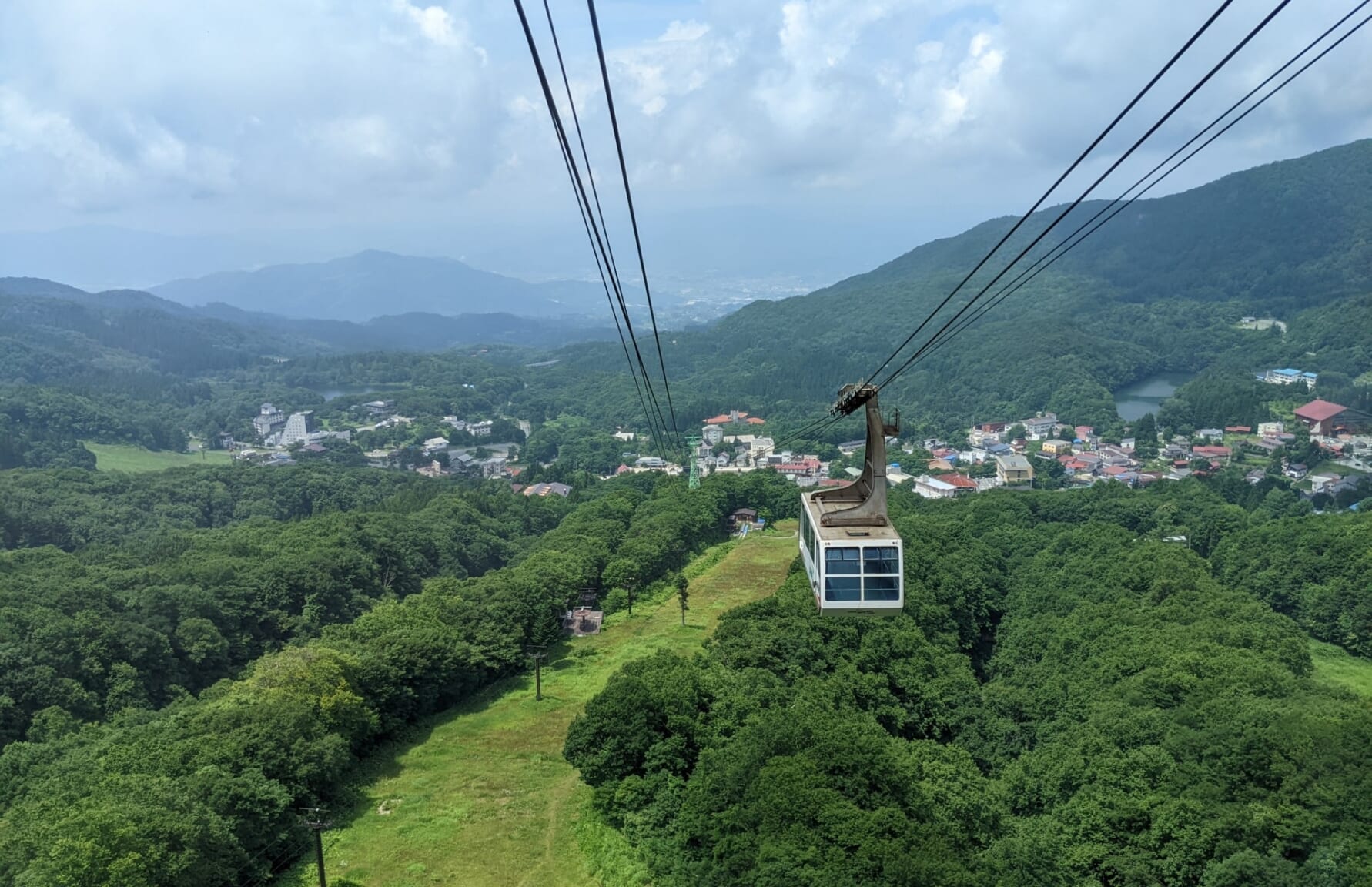
It’s especially magical in winter, where the mountain’s famed “snow monsters”—frozen snow-covered trees—create an ethereal, otherworldly spectacle. But the ride isn’t just for sightseeing, hiking enthusiasts can disembark at the peak station to explore the natural beauty on foot.
Information
 Access Access |
45-min bus from Yamagata Station |
|---|---|
 Official Website Official Website |
https://zaoropeway.co.jp/summer/en.php |
7. Be Immersed in the Colorful Nebuta Festival (Aomori)
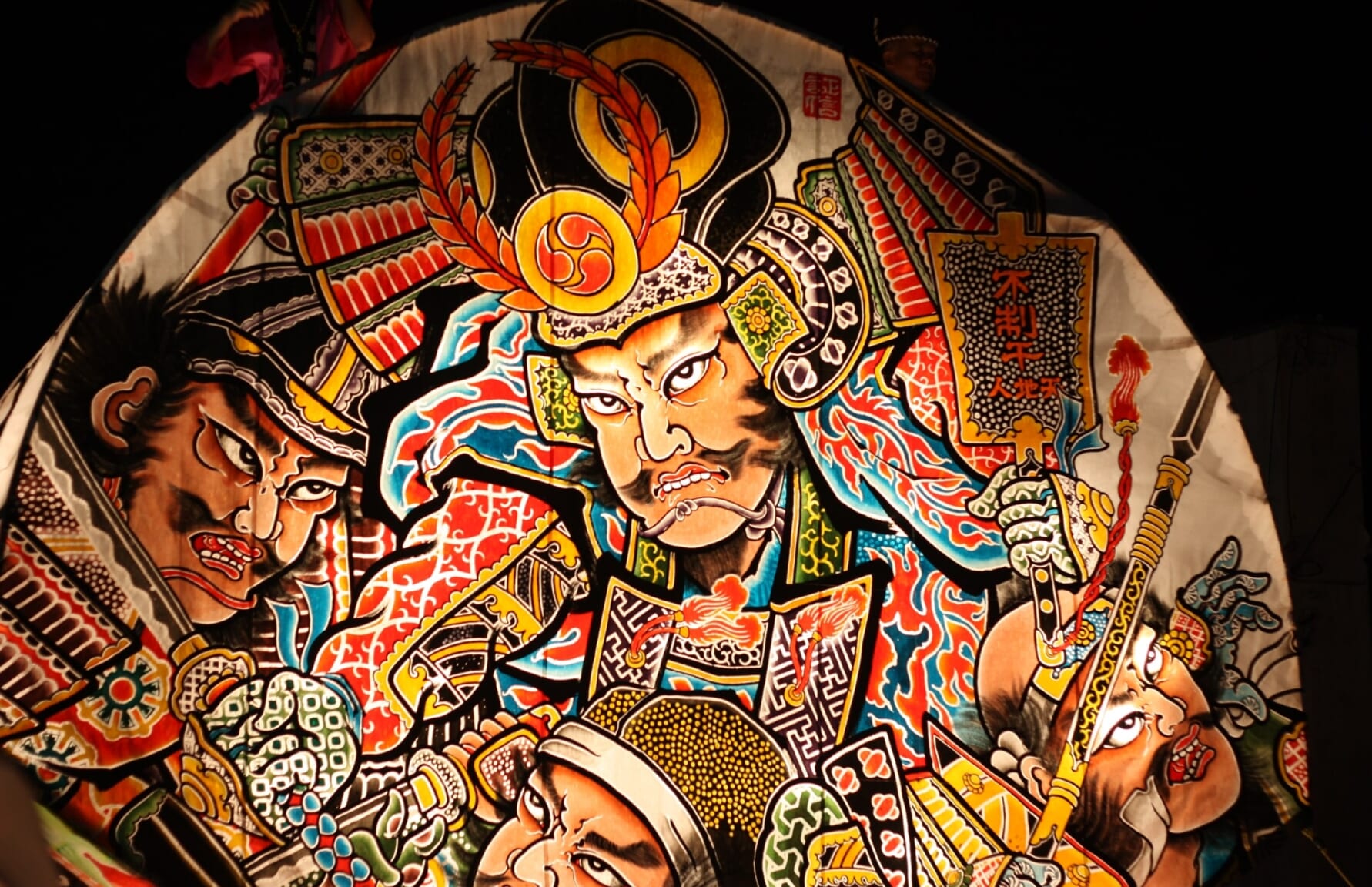
▽Read our chronicle about the Nebuta Festival!▽
▶Aomori Nebuta Matsuri: Tohoku’s Greatest Parade
Information
 Access Access |
15-min walk from Aomori Station to parade area |
|---|---|
 Official Website Official Website |
https://www.nebuta.jp/foreign/english.html |
8. Journey Through History at Tohoku’s Most Prominent Temples
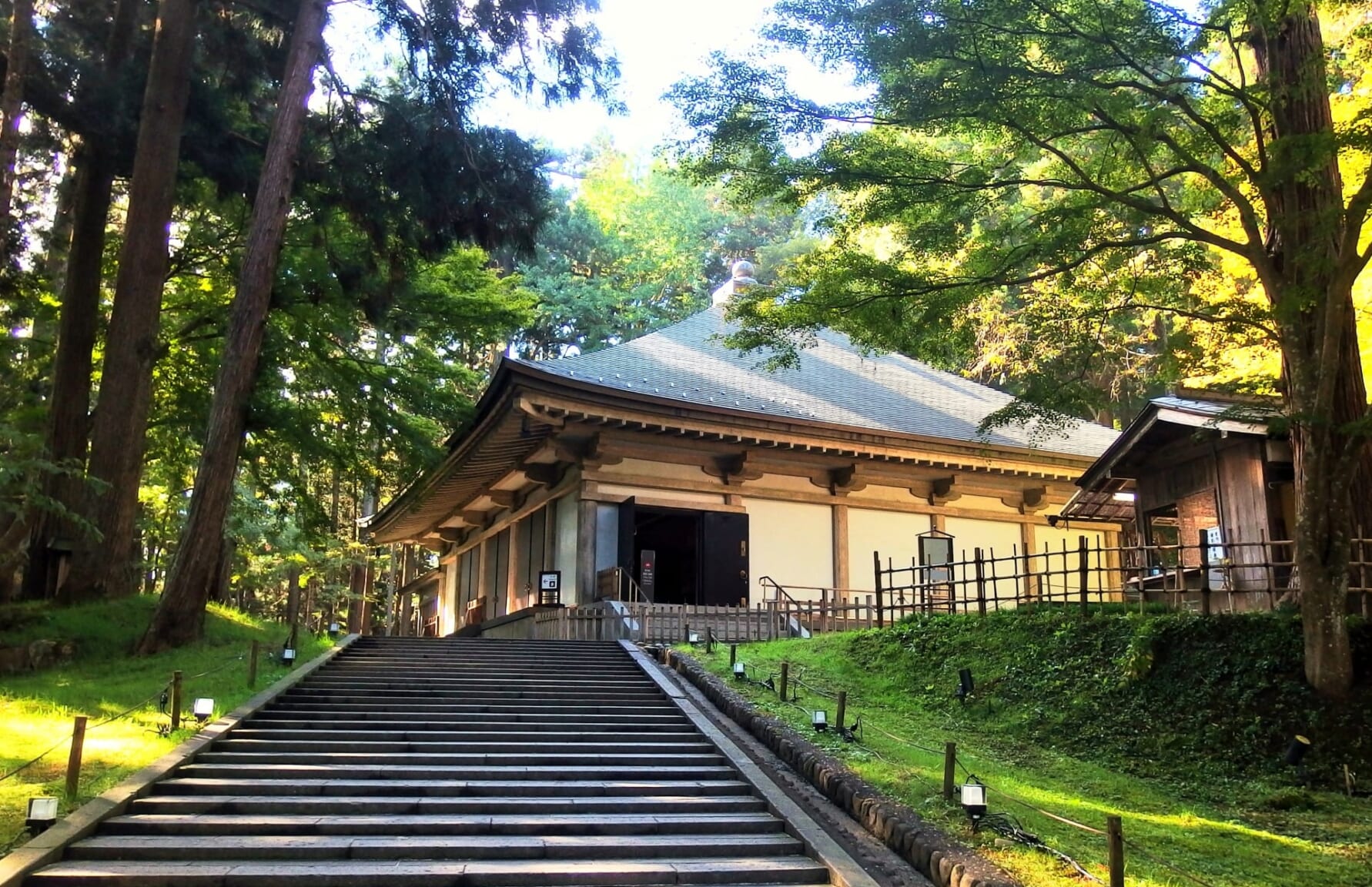
Yamadera (山寺), aptly named ‘Mountain Temple’, in Yamagata prefecture is a striking complex perched on a steep cliffside, offering stunning views over the valley. It provides a serene escape, inviting visitors to ascend its 1,000 stone steps amid centuries-old cedar trees.
Information
 Access Access |
10-min walk from Yamadera Station |
|---|---|
 Official Website Official Website |
https://www.yamaderakankou.com/ |
Miyagi prefecture houses Zuiganji (瑞巌寺), one of the most significant Zen temples in northern Japan. Renovated by feudal lord Date Masamune, its main hall exhibits intricate carvings and a mesmerizing golden altar. Nearby caves serve as atmospheric meditation spots.
Information
 Access Access |
8-min walk from Matsushimakaigan Station |
|---|---|
 Official Website Official Website |
https://www.zuiganji.or.jp/ |
Iwate’s Chusonji Temple (中尊寺) is not just a place of worship, but a journey through Japanese history. This World Heritage site houses more than 3,000 national treasures and important cultural properties, including the stunning Golden Hall, completely covered in gold leaf.
Information
For more information about Things to do in Japan, be sure to check our other articles down below.
▽Related Articles▽
▼Editor’s Picks▼
Written by
Photographer, journalist, and avid urban cyclist, making sense of Japan since 2017. I was born in Caracas and lived for 14 years in Barcelona before moving to Tokyo. Currently working towards my goal of visiting every prefecture in Japan, I hope to share with readers the everlasting joy of discovery and the neverending urge to keep exploring.





